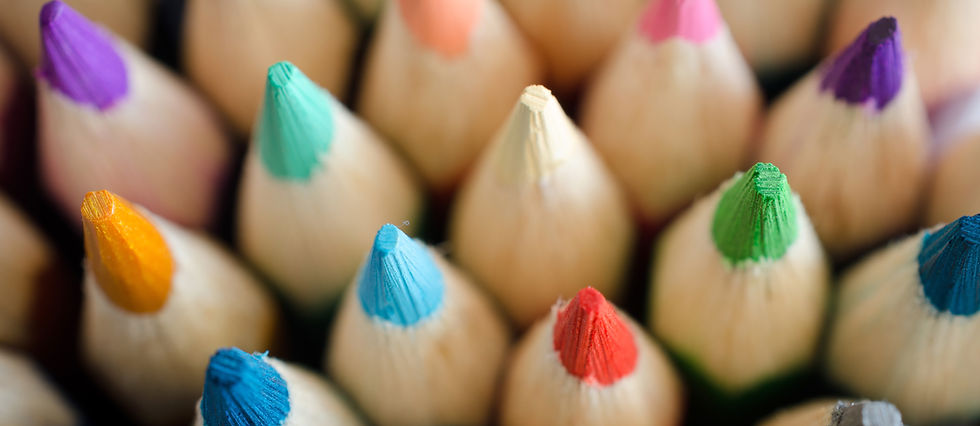Second Grade

Second Grade Learning Objectives:
Language Arts
SStandard 1: Reading Process
-
Identify purpose for print conventions such as end-sentence punctuation, paragraphing, bold print, and dialogue.
-
Locate information using alphabetical order past the second letter.
-
Identify different kinds of text types.
-
Identify titles, tables of contents, and chapter headings to locate information.
-
Use information from simple charts, graphs, and diagrams.
-
Use word patterns and/or word families to decode words in isolation and in context.
-
Read abbreviations appropriate to grade level.
-
Identify chunks or small words to decode two- and three-syllable written words.
-
Use context clues and pictures to aid in decoding of new words.
-
Read at least 300 regular and irregular sight words fluently.
-
Read aloud Grade 2 text with at least 92 words per minute.
-
Identify simple prefixes, suffixes, and contractions to determine the meaning of unknown words.
-
Identify common antonyms, synonyms, and homonyms to determine meaning of words.
-
Use a grade-level appropriate dictionary and glossary to define and confirm meanings of unknown words.
Standard 2: Comprehension/Interpretation
-
Tell the purpose for reading different kinds of text, including paragraphs.
-
Participate in connecting the information and events in texts to self, to the world, and to other texts.
-
Participate in drawing conclusions based on information gathered from pictures and print.
-
Identify the main idea, problem, and solution in expository text to support comprehension.
-
Answer questions (who, what, when, where, why, how) about expository text, heard or read.
-
Identify facts and sequence important information from expository text into a logical order to retell facts.
-
Follow two-step written directions.
-
Identify differences in fiction and non-fiction.
-
Orally identify and describe the characters in a story that is read aloud.
-
Identify the setting in a story heard or read aloud.
-
Retell basic plots of literary text.
Standard 3: Writing Process
-
Generate ideas using prewriting strategies (e.g., journaling).
-
Identify the main idea.
-
Identify strategies for planning and organizing writing.
-
Identify an appropriate writing format for audience.
-
Use ideas generated and organized in prewriting to write a draft that includes a main idea and details.
-
Revise writing by adding, substituting, or retelling text.
-
Identify and add details to enhance audience understanding.
-
Use strategies to guide the revision process (e.g., peer conference, teacher conference, rubrics).
-
Edit the draft for errors in simple spelling, capitalization, and punctuation.
-
Publish and illustrate draft.
-
Share writing with intended audience.
Standard 4: Writing Applications
-
Write narratives based on personal experience that contain a main idea and three supporting details.
-
Write simple rhymes, poems, and songs.
-
Participate in writing a friendly letter.
-
Write brief explanations or observations or real objects, persons, places, events, or processes.
-
Write or draw a response that identifies a text-to-self, text-to-world, and text-to-text connection.
-
Write or draw a response to a literature selection that identifies the characters, setting, and main idea.
Standard 5: Writing Components
-
Print with functional speed and maintain legibility.
-
Spell correctly Grade 2 high-frequency words.
-
Spell correctly Grade 2 phonetically regular words with common spelling patterns.
-
Apply spelling rules appropriate to grade level to spell accurately.
-
Identify the difference between an incomplete and a complete sentence.
-
Use correct subject-verb agreement in simple sentences.
-
Use capital letters for proper nouns.
-
Use ending punctuation, including question marks and exclamation points.
Math
Standard 1: Number and Operation
-
Demonstrate knowledge of our numeration system by counting forward by twos, fives, and tens to 100 and by counting forward and backward by ones from any given number less than 100.
-
Read, write, compare, and order whole numbers to 1,000.
-
Identify place value through 999.
-
Count the value of a collection of pennies, nickels, dimes, and quarters up to $1.00.
-
Recognize mathematical information and select strategies appropriate for solving a problem.
-
Use strategies for addition and subtraction combinations through 18.
-
Add whole numbers with and without regrouping through 99.
-
Add three one-digit addends.
-
Choose addition or subtraction to solve word problems and explain the choice.
-
Estimate to predict the sum of numbers through 99.
-
Use estimation to evaluate the reasonableness of the sum of numbers through 99.
Standard 2: Measurement
-
Select a tool that can measure a given attribute (ruler—length, cup—volume, balance—mass, clock—time, thermometer—temperature).
-
Estimate length and time using standard units.
-
Tell time using both digital and analog clocks to the half hour.
-
Select the most appropriate unit to measure the time of a given situation (minutes, hours).
-
Recite the months of the year, in order.
Standard 3: Concepts and Language of Algebra and Functions
-
Write addition and subtraction problems vertically and horizontally.
-
Write a number sentence from an addition or subtraction problem-solving situation.
-
Show the relationship between addition and subtraction using fact families.
-
Compare numbers to 999 using the vocabulary words/phrases of “less than”, “greater than”, and “equal to”.
-
Use the commutative property of addition.
-
Solve addition problems using the commutative property (e.g., If 7+5=12, then what is 5+7?).
-
Translate a repeating pattern from one representation to another (e.g., even, odd, even, odd translates to ABAB).
Standard 4: Geometry
-
Recognize, name, build, compare, and sort the two- and three-dimensional shapes of triangles, rectangles, squares, circles, cones, cubes, spheres, cylinders, prisms, and pyramids.
-
Sort and classify objects by more than one attribute.
-
Draw a line of symmetry.
-
Indicate whether a number is above or below a benchmark number of 1,000 or less on a number line.
Standard 5: Data Analysis, Probability, and Statistics
-
Interpret information found in simple tables, charts, bar graphs, and pictographs.
-
Gather and display data in tables, charts, and bar graphs in order to answer a question.
-
Use tally marks to represent data.
